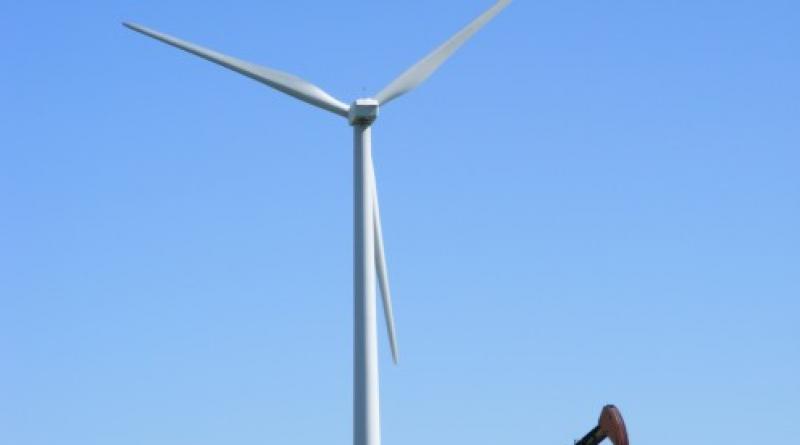Fossils’ five-year spending plan shows $17.5b for renewables, $166b for new oil and gas.

Despite fossils’ loud claims to be taking the climate crisis and the renewable energy transition seriously, they only plan to spend US$17.5 billion on solar and wind projects over the next five years. And one company—Equinor, the Norwegian state fossil previously known as Statoil—accounts for $10 billion of that total, new analysis by Rystad Energy shows.
With the “notable exceptions” of Equinor and one other company, Portugal’s GALP, “the investments in renewables by the other oil giants will not even match the typical capital expenditure requirements of a single oil and gas field in their respective portfolios,” Rystad writes, in an analysis for OilPrice.com.
And the $17.5 billion, almost all of it coming from 10 oil majors, “pales in comparison to the $166 billion they are forecast to spend on greenfield oil and gas projects during the same period,” the Oslo-based data firm notes.
“Recent suggestions of ‘resilient green strategies’ or ‘business as usual’ simply do not carry much weight, with the exception of Equinor,” said Rystad Product Manager for Renewables Gero Farruggio. “Not until later in the decade do we see an increase in renewable spending from other companies.”
Equinor’s spending includes $6.5 billion over the next three years to build out a capital-intensive offshore wind portfolio, Rystad reports. “We do not expect this forecast to be heavily affected by the fluctuating oil price or capex cuts, as much of the company’s renewable portfolio is already committed, such as the massive Dogger Bank offshore wind project in the UK,” the company states.
“If Equinor is removed from the outlook, however, renewable investments from major oil and gas companies can be seen in a very different light, declining over the next three years,” before even factoring in fossils’ more recent capital spending cuts in the face of cratering oil prices.
But if they wanted to, Rystad says fossils could cut their capital spending 20% in response to the coronavirus pandemic “while easily avoiding any cuts to renewable projects”. Indeed, “COVID-19 could also be the catalyst for oil majors to pump more capital into renewables, acquiring assets, developing skills, and nurturing the capacity to transition beyond petroleum.”
The pandemic “is creating a number of distressed sellers and reducing acquisition costs for assets and companies, thereby creating opportunities for Big Oil to accelerate its energy transition through acquisitions,” Farruggio said—and that could still happen. With fossil exploration and production companies “announcing deep spending cuts, we may yet see a ramp up in renewable investments as recent headlines suggest, facilitated by new mergers and acquisitions.”
31 May 2020
THE ENERGY MIX




